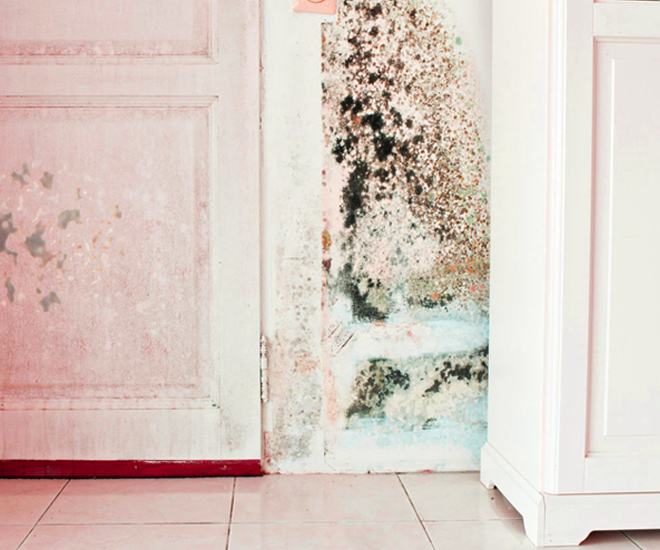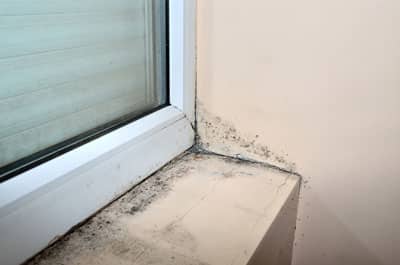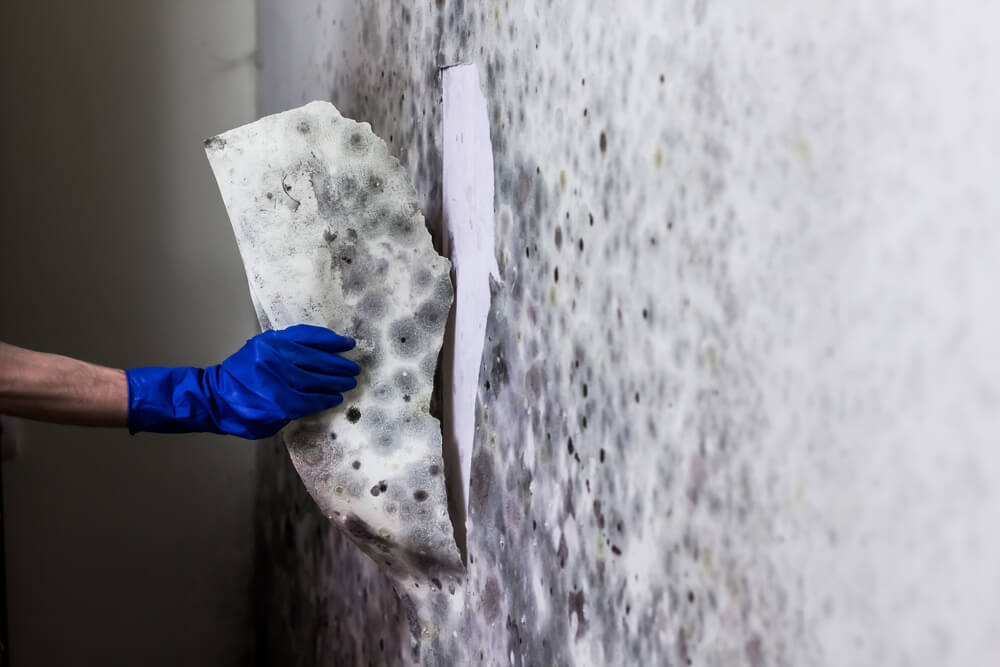Support on What to Do After Mold Remediation
Support on What to Do After Mold Remediation
Blog Article
Your Ultimate Overview to Message Mold Removal Techniques
Navigating the realm of post-mold remediation strategies is a precise procedure that demands attention to information and a thorough understanding of the complexities included. In the aftermath of mold and mildew problem, understanding exactly how to efficiently remove the mold and mildew and prevent its reoccurrence is paramount for preserving a healthy and balanced interior setting. From selecting the appropriate cleansing and disinfecting methods to carrying out techniques for long-lasting mold prevention, each action in the remediation trip plays a vital role in making certain an effective end result. As we get started on this expedition of post-mold removal techniques, we will certainly reveal the key approaches and ideal practices that can assist you restore your room to its pre-mold condition and secure it against future mold and mildew risks.
Recognizing Post-Mold Removal Process
After finishing the mold and mildew remediation procedure, it is crucial to comprehend the post-mold remediation techniques that are necessary to ensure a thorough and reliable cleanup. As soon as the mold and mildew has actually been eliminated, the next action includes cleansing and decontaminating the influenced areas to prevent any kind of regrowth of mold and mildew.
Furthermore, performing a last evaluation post-remediation is crucial to make certain that all mold and mildew has been successfully gotten rid of. This assessment needs to entail a thorough visual check in addition to perhaps air tasting to verify the lack of mold and mildew spores airborne. Extra remediation may be required if the inspection exposes any type of remaining mold. Last but not least, educating owners on safety nets such as managing moisture levels and without delay attending to any type of water leakages can assist maintain a mold-free environment.
Reliable Cleaning and Decontaminating Approaches

Protecting Against Future Mold And Mildew Development

Value of Proper Ventilation
Correct ventilation plays an important role in protecting against wetness build-up, an essential consider mold growth within interior environments. Effective air flow systems help remove excess humidity from the air, lowering the possibilities of mold spores finding the wetness they need to spread out and sprout. Without sufficient ventilation, interior areas can come to be a breeding place for mold and mildew, leading to potential wellness risks and architectural damage.
By making sure correct air circulation, ventilation systems can also help in drying damp areas much more swiftly after water damage or flooding cases, further preventing mold and mildew development. Post Mold Remediation Report. Precede like shower rooms, basements, attics, and kitchen areas where wetness levels have a tendency to be higher, installing and maintaining reliable ventilation systems is critical in avoiding mold invasions

Monitoring and Upkeep Tips
Given the important duty that proper what to do after mold remediation air flow plays in stopping mold and mildew development, it is critical to develop effective surveillance and upkeep pointers to make sure the ongoing performance of ventilation systems. Routine examinations of ventilation systems ought to be carried out to look for any type of indications of obstructions, leaks, or breakdowns that could hamper proper airflow. Tracking humidity levels within the residential or commercial property is also critical, as high moisture can add to mold development. Setting up a hygrometer can aid track moisture levels and alert house owners to any type of spikes that may need interest. Additionally, guaranteeing that air filters are frequently cleansed or changed is necessary for keeping the effectiveness of the ventilation system. Executing a routine for routine upkeep jobs, such as duct cleansing and cooling and heating system examinations, can help stop concerns before they intensify. By staying aggressive and attentive to the condition of ventilation systems, building proprietors can effectively reduce the threat of mold and mildew regrowth and keep a healthy and balanced interior atmosphere.
Final Thought
Finally, post-mold remediation methods are important for making certain a tidy and safe atmosphere. Comprehending the process, applying effective cleansing and decontaminating techniques, protecting against future mold and mildew development, keeping correct ventilation, and routine surveillance are all essential actions in the remediation process. By adhering to these standards, you can effectively eliminate mold and mildew and stop its return, working or advertising a healthy and balanced living area for all passengers.
In the results of mold invasion, recognizing exactly how to successfully get rid of the mold and avoid its reoccurrence is paramount for preserving a healthy and balanced interior setting. As soon as the mold and mildew has actually been gotten rid of, the next step entails cleaning and disinfecting the impacted areas to protect against any kind of regrowth of mold and mildew - what to do after mold remediation. After getting rid of noticeable mold development, it is essential to cleanse all surfaces in the afflicted area to eliminate any staying mold spores. To further boost mold and mildew avoidance actions, it is crucial to resolve underlying issues that at first led to mold and mildew development.Given the essential role that proper ventilation plays in preventing mold development, it is critical to establish reliable monitoring and upkeep pointers to ensure the continued performance of ventilation systems
Report this page